Keeping tradition alive, in hopes to one day return home to Crimea
A map of Crimea is drawn on the blackboard as a teacher educates students on the history of this state. Children, 8 and 9 years old, carefully take notes as some raise their hands to ask questions. This school is a program run by the non-profit, Krymska Rodyna, and hosts lessons every Saturday on all Crimean Tatar traditions. From history lessons to dance lessons, classes are offered to youth starting as early as 4 years old to adults.
Five years ago this month Crimea was occupied by Russia, and conflict broke out in eastern Ukraine, causing 1.5 million persons to be displaced. Many, including Crimean Tatars, fled to major cities, such as Odesa, Lviv, and Kyiv, thus starting new lives.
Anife Kurtseitova, 37, has been an activist fighting for the rights of the Crimean Tatar community. A strong advocate, she has participated in numerous interviews, educating others about her culture, and hosted fundraising campaigns for Crimean children of political prisoners. She decided not to let tragedy determine the fate of her community.
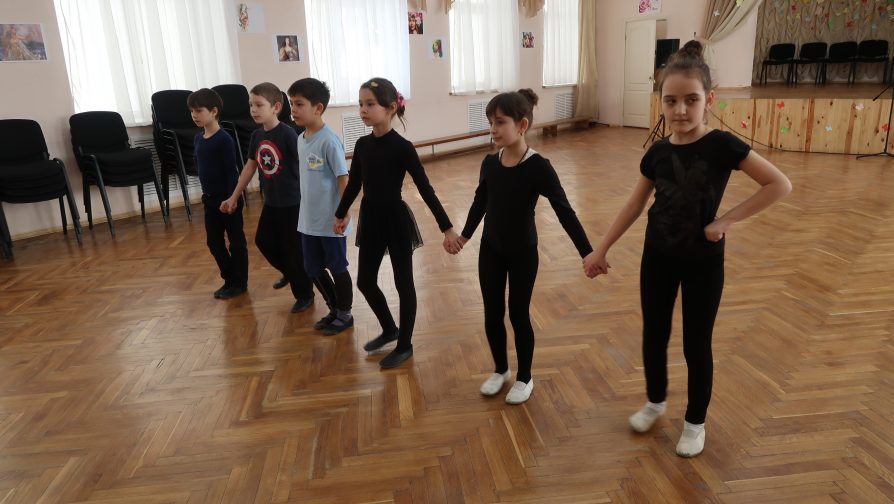
Building an NGO organization after moving to Kyiv, she began a Saturday school program focusing on all things relating to the Tatar culture. While negotiating with the Department of Education , she managed to arrange the permission to use several premises on the basis of one school in Kyiv during the time free from classes.
Parents and all community of IDPs from Crimea hope that the city authorities will pay attention to the successful activities of NGO and will provide premises for the creation of a unique Crimean-Tatar center for children. Given the fact that over the last year the number of visitors to the center has doubled. Currently, there are 100 pupils and about 50 families, who would like to join the school because there are nothing similar in Kyiv.
The children are divided by age, covering specific categories; dance lessons, music lessons, history lessons, and even the Tatar language. Traditional Tatar embroidery classes are also offered for adults. The students also host public dance performances in traditional costumes.
Running up and down the stairs speaking to mothers who are helping her coordinate the classes, Anife quickly caters to each teacher’s needs. In the waiting room, parents laid out cakes and desserts as they laughed and shared stories about their children. Everyone knew everyone, and the parents were just as dedicated as Anife in keeping the program running.
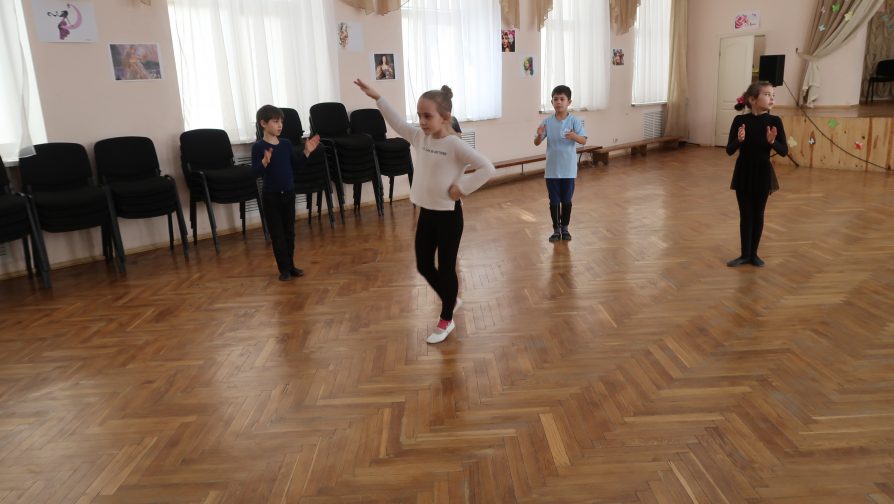
“It is important for me to keep our traditions and languages alive. We are waiting when the Crimean occupation will be over and all these families will be able to come back home,” says Anife.
Though it is unknown when this day will come, Anife refuses to give up hope, finding creative ways to keep the spirit of her heritage alive. Her pride represents leadership, and with her guidance the Tatar community became a team. With their efforts, their culture will live on to future generations regardless of any difficulty.
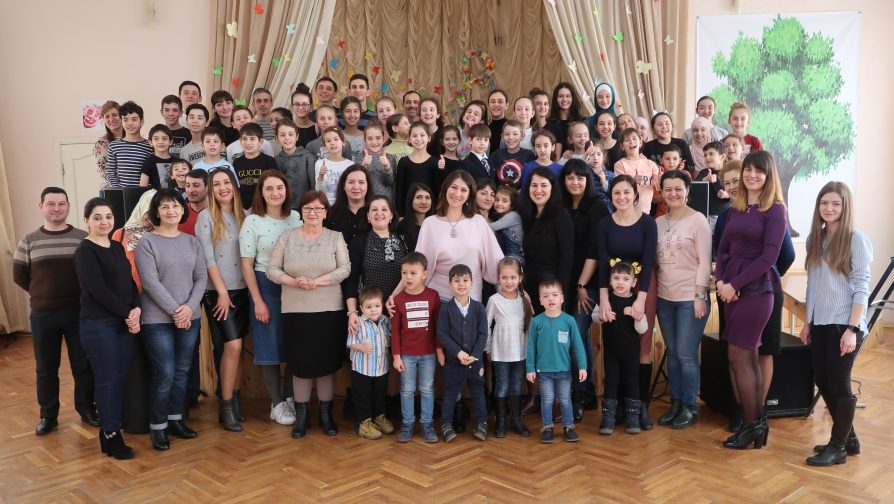
Community-based approach a core to protection and transcends to UNHCR’s work with displaced population. UNHCR Ukraine protection strategy is built on strengthening community based protection mechanisms initiated by the IDPs and host community to identify and respond to protection needs and create coping mechanisms.
UNHCR Ukraine community based protection activities included regular dialogue and communication with IDPs through protection monitoring and Participatory Assessment and Support to small community initiatives. The project was aimed at enhancing capacity of the NGO consisted of initiative of Crimean Tatar IDPs to provide activities for Crimean Tatar children aimed at maintaining their ethnic identity and cultural traditions on the mainland of Ukraine. In 2015 and 2016 UNHCR provided technical assistance (microphones and audio system) and 10 stage outfits for children to the NGO for conduction of classes of Crimean Tatar music, vocal and dancing for the children.
Page 5 of 35
-
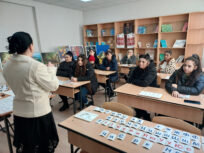
New Roma Community Centres in Zarkapatska oblast will address multiple challenges for the minority group and local integration
6 Feb 2024UNHCR is working closely with local communities and authorities to support and empower Roma communities and strengthen social inclusion.
-
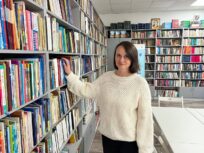
“You can’t put life on hold and live in your memories”
1 Feb 2024Tetiana fled her home and constant shelling in Kharkiv and found solace in Rivne region in western Ukraine, not least through her work in the village council, where she helps other displaced people integrate into their new community.
-
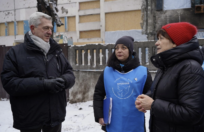
In Ukraine, UNHCR’s Grandi urgently appeals for renewed support as the war rages on
26 Jan 2024KYIV – The UN High Commissioner for Refugees, Filippo Grandi, has warned of dramatic humanitarian suffering throughout Ukraine and worsening conditions as war-affected civilians suffer in the depths of winter. Grandi wrapped up his week-long visit to the country late yesterday, his fourth since the full-scale Russian invasion two years […]
-
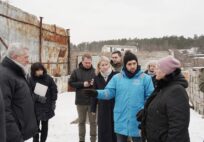
UNHCR repairs over 27,500 houses, enabling families to remain in and return to their homes in Ukraine
23 Jan 2024Today, the UN High Commissioner for Refugees, Filippo Grandi, together with the Ambassador of Japan to Ukraine, Kuninori Matsuda, and the Head of the EU Humanitarian Aid in Ukraine, Claudia Amaral, visited families and locations in Kyiv region to see the results of house repairs and new solutions implemented for people who have had their homes damaged or destroyed in the war.
-
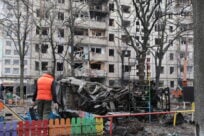
With no let-up for war-affected Ukrainians, UN launches humanitarian and refugee plans to respond in 2024
15 Jan 2024(Geneva, 15 January 2024): The United Nations and partners today asked donors for a combined US$4.2 billion to support war-affected communities in Ukraine and Ukrainian refugees and their host communities in the region throughout 2024. Nearly two years since the war’s rapid escalation, 14.6 million people need humanitarian assistance in […]
-
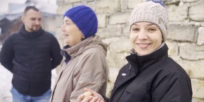
Ukraine: Family makes a fresh start with a new farm
8 Jan 2024“I never imagined I would be a farmer,” said 39-year-old Nataliia, standing outside her new home in Sapizhanka Village, in central Ukraine’s Vinnytsia Region. I could see hope in her eyes, despite everything she’s been through. She worked as a logistician back home in Sievierodonetsk, in Luhansk Region, but she […]
-
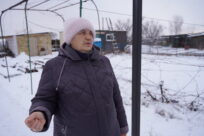
Second winter with war: how UNHCR helps to keep homes warm and hope high in Ukraine
29 Dec 2023Improving home insulation Almost two years since the start of Russia’s full-scale invasion of Ukraine, the small village of Huta-Mezhyhirska in Kyiv region still bears visible signs of the heavy fighting that took place in February-March 2022. “The frontline was just a few hundred meters away, and we spent several […]
-

From collective sites to private homes: UNHCR enables forcibly displaced people find dignified housing solutions
27 Dec 2023With vital support from the United States, UNHCR, the UN Refugee Agency, helps internally displaced Ukrainian families move out of collective sites into private accommodation.
-
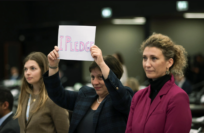
Global forum closes with over $2.2bn in pledges to improve lives of refugees and hosts
18 Dec 2023Held every four years, the world’s largest gathering on refugee issues mobilized over 1,600 pledges
-
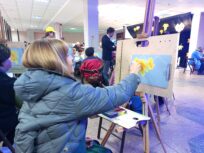
Nordic walking and singing: how displaced Ukrainians build new networks and stay resilient in their new communities
11 Dec 202373-year-old Maia Kondratenko is a vivid example of the strength that displaced Ukrainians demonstrate in their new communities across the country. Maia fled her hometown Sloviansk in Donetska oblast nine years ago when the armed conflict started in eastern Ukraine. Since then, she has lived in Poltava, which she now […]
